The internet is buzzing with news of Mark Zuckerberg’s latest antics involving cows and beer at his infamous ranch in Hawaii.
The Meta CEO is reportedly building a 1,400-acre compound with features that extend multiple layers underground, complete with its own energy sources and food supplies. This facility is going to be built on Zuckerberg’s Ko’olau Ranch in Hawaii.
Raising Cattle on Ko’olau Ranch
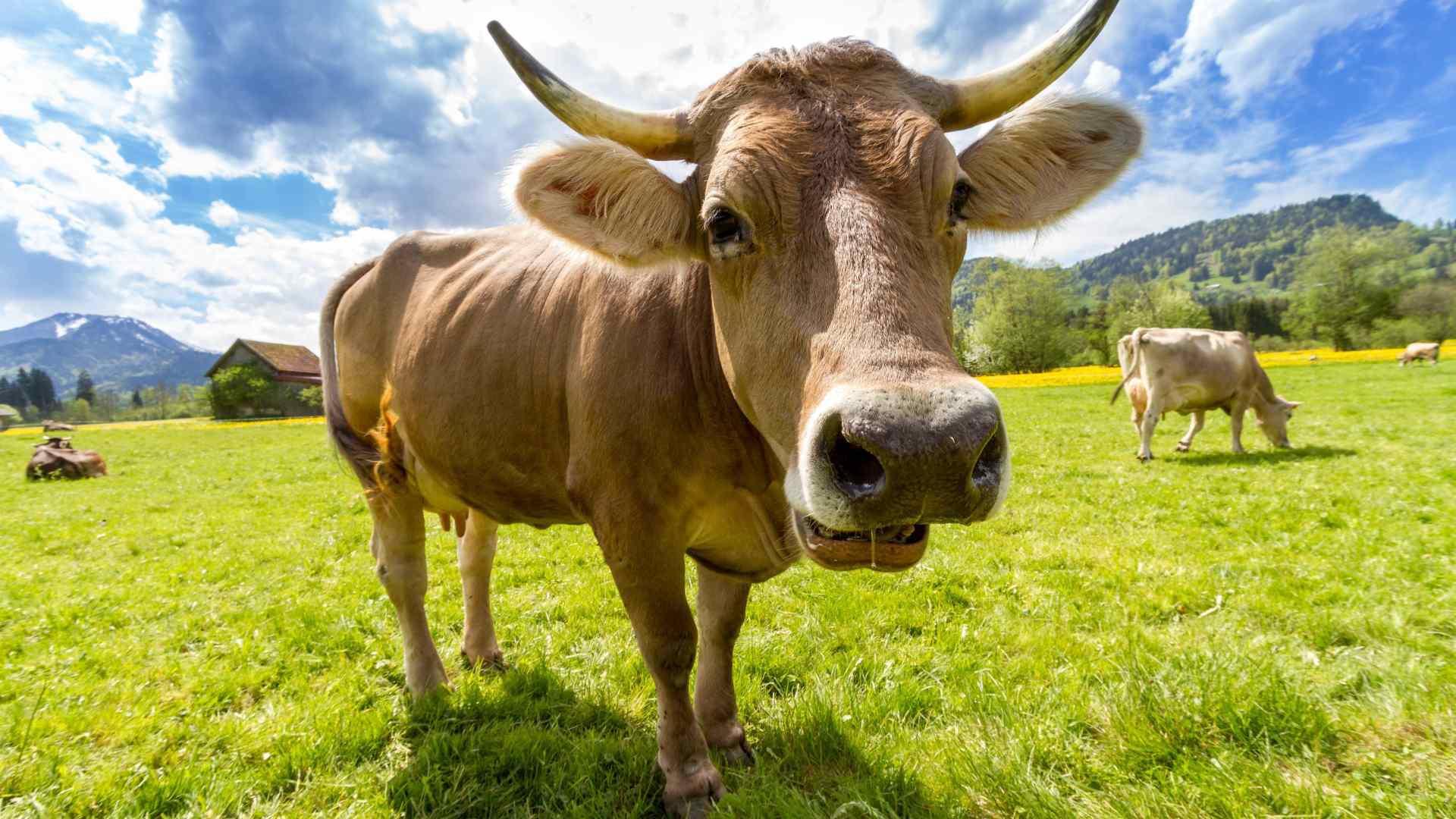
In an Instagram post, Zuckerberg outlined his method for raising cattle, which raised eyebrows for some.
“Started raising cattle at Ko’olau Ranch on Kauai, and my goal is to create some of the highest-quality beef in the world,” Zuckerberg said. “The cattle are wagyu and Angus, and they’ll grow up eating macadamia meal and drinking beer that we grow and produce here on the ranch.”
Local Plans for Raising Cattle
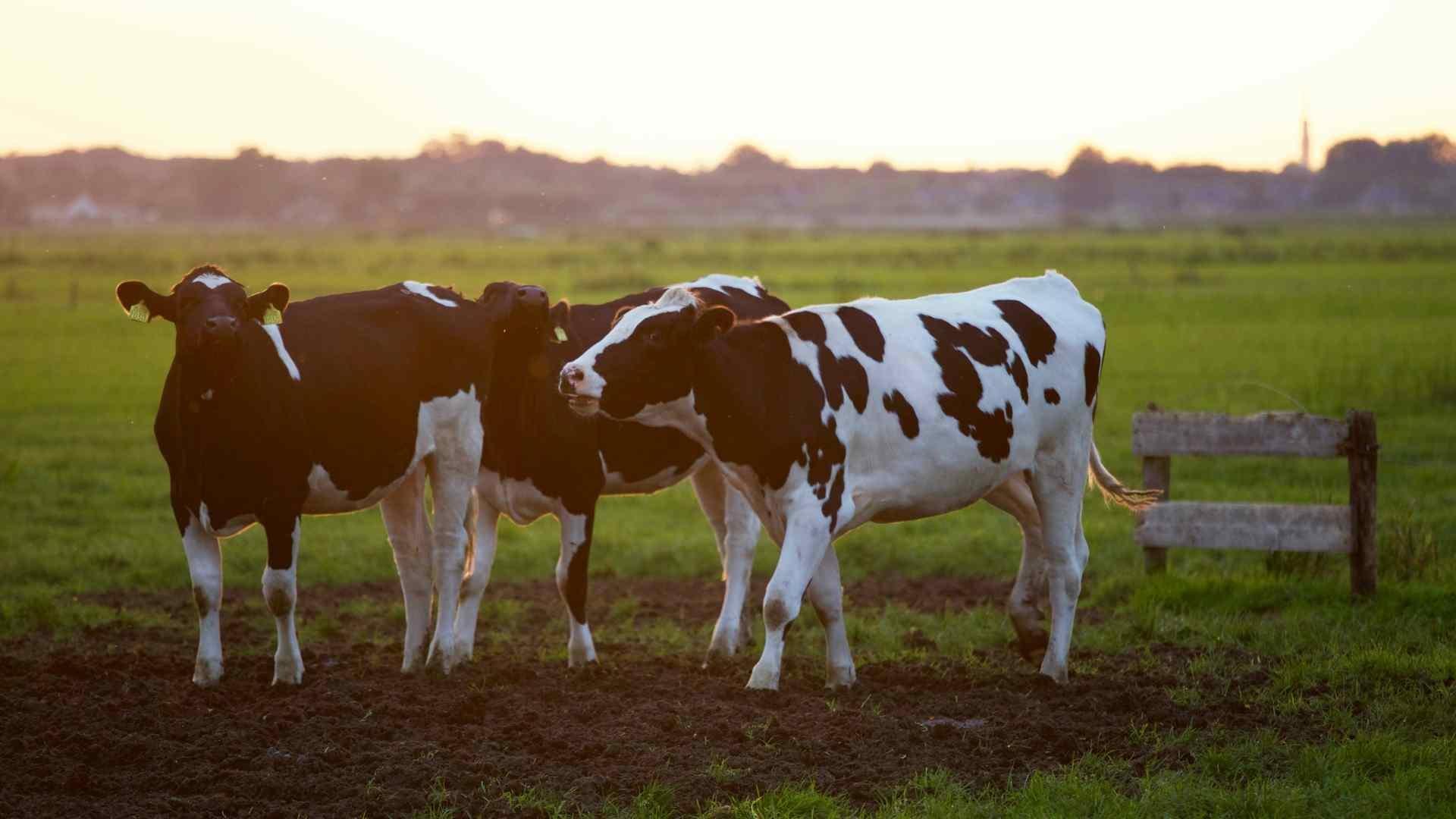
Zuckerberg expressed his hopes to keep the process of raising his cattle local. He also outlined one of his reasons for owning such a large acreage on the Hawaiian island of Kauai.
“We want the whole process to be local and vertically integrated. Each cow eats 5,000-10,000 pounds of food each year, so that’s a lot of acres of macadamia trees,” he said on Instagram.
Zuckerberg’s Family Will Be Helping
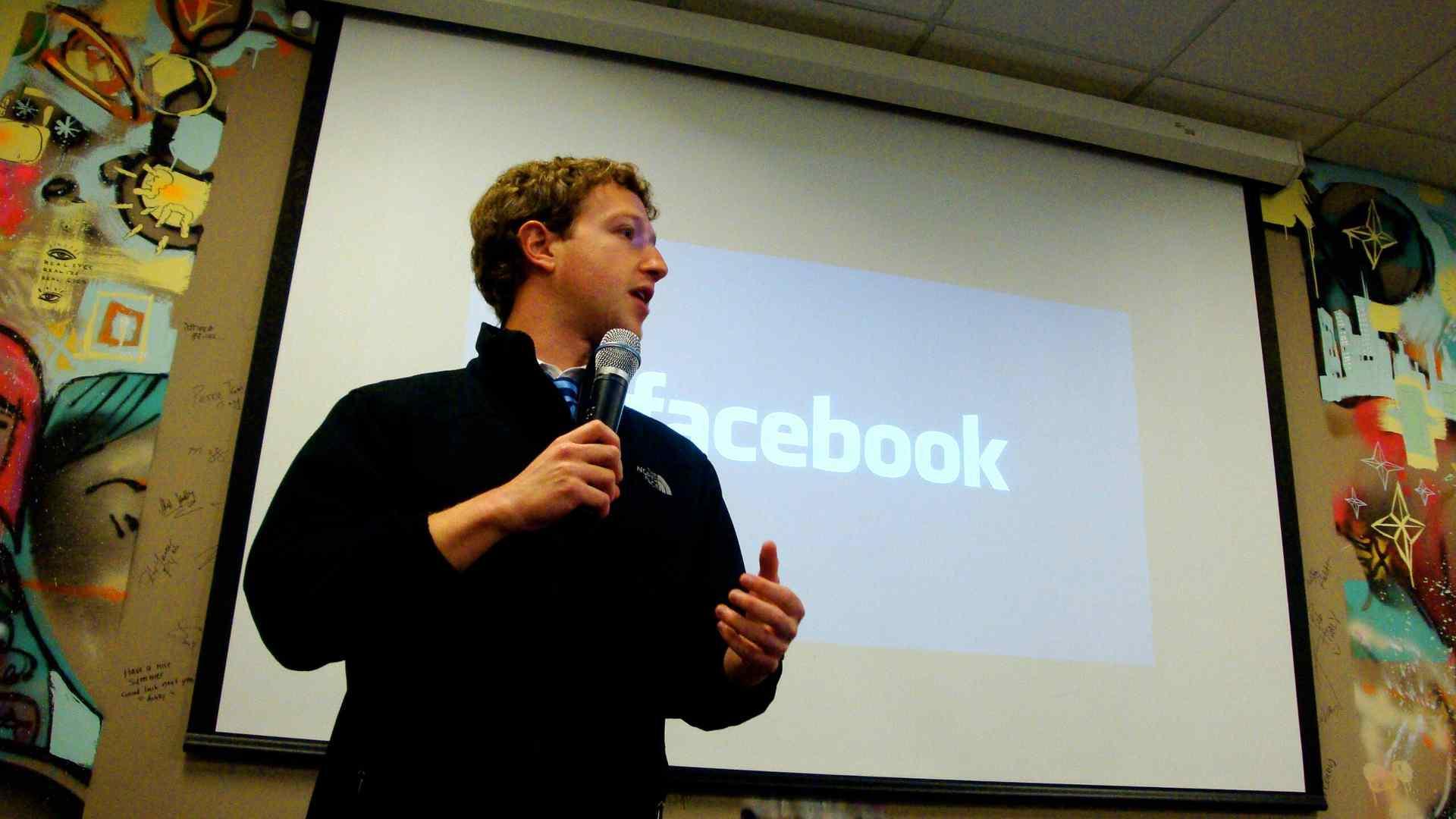
In the Instagram post, Zuckerberg wrote how his family, specifically his daughters, will be helping him realize his goal of raising various animals and keeping them well-fed.
“My daughters help plant the mac trees and take care of our different animals. We’re still early in the journey and it’s fun improving on it every season. Of all my projects, this is the most delicious,” Zuckerberg said.
Why Beer, Though?
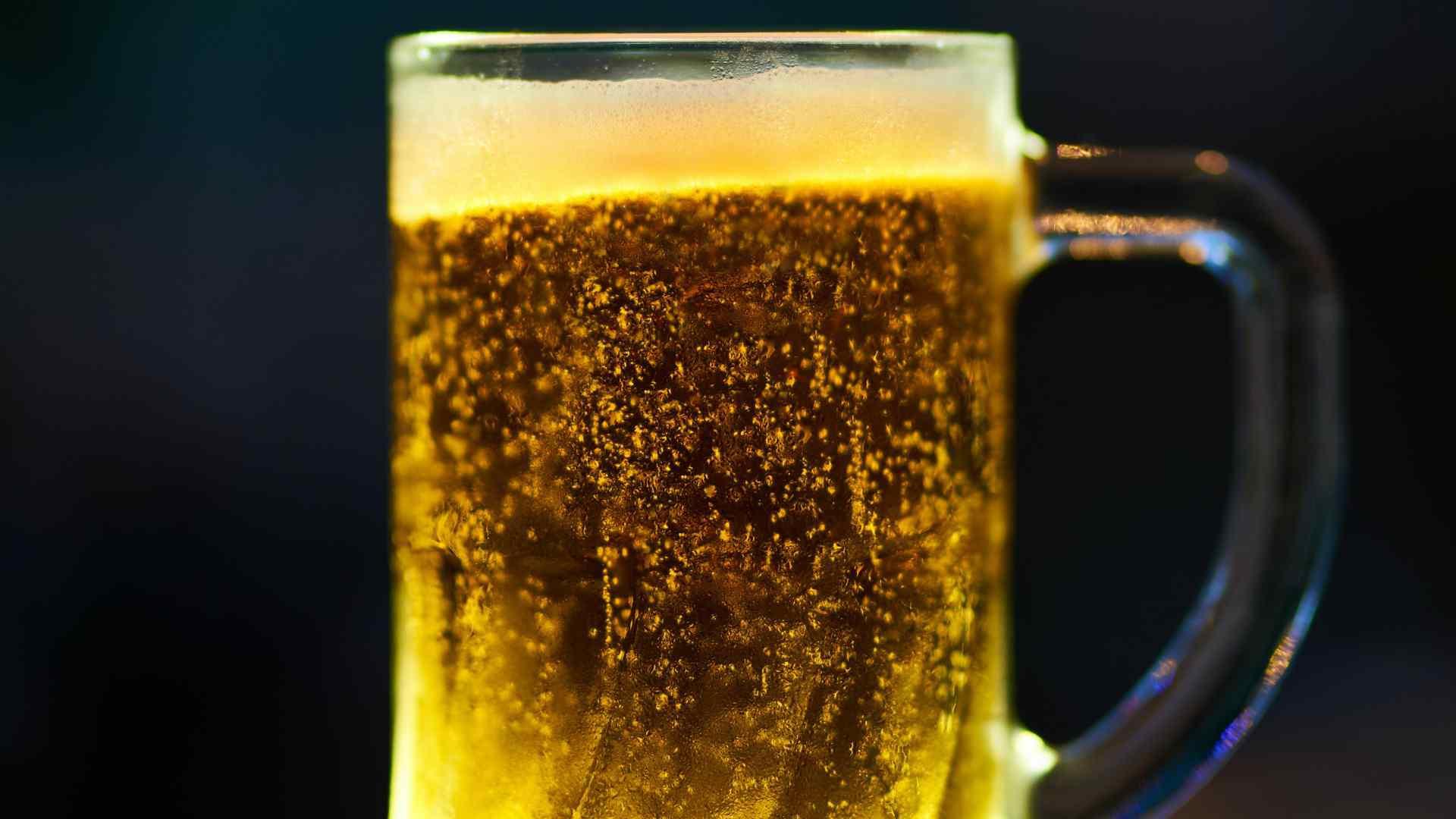
Cattle have a corn-based diet which is supplemented, often inexpensively, by including beer in it. In the history of agriculture, farmers have used leftover grain from fermented barley as a way to get some easy calories into their livestock to fatten them up.
Wagyu beef, which is popular in Japan, is often raised with beer and relaxation as a core philosophy. It is thought that beer simulates a wagyu cattle’s appetite, allowing them to eat more and get bigger.
From Tech Billionaire to Cattle Rancher
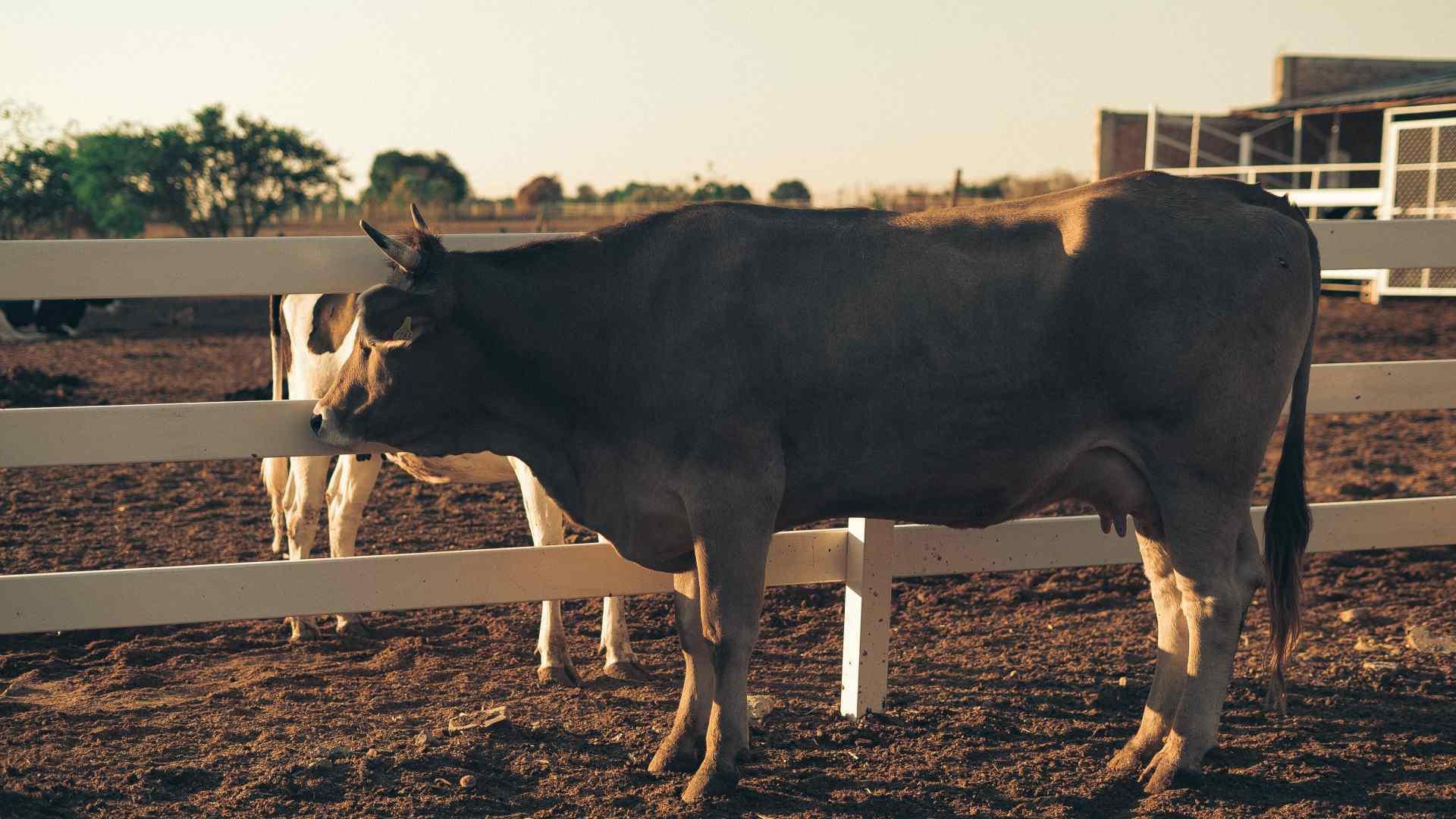
The move from tech CEO to humble cattle rancher might not be what people were expecting from Mark Zuckerberg, but it may be a welcome one.
The beef industry in the United States is currently in a difficult spot. Reuters reported in 2023 that U.S. beef exports have reached an all-time low as cattle herd sizes have also hit a multi-decade low point.
Why Is the Beef Industry Struggling?
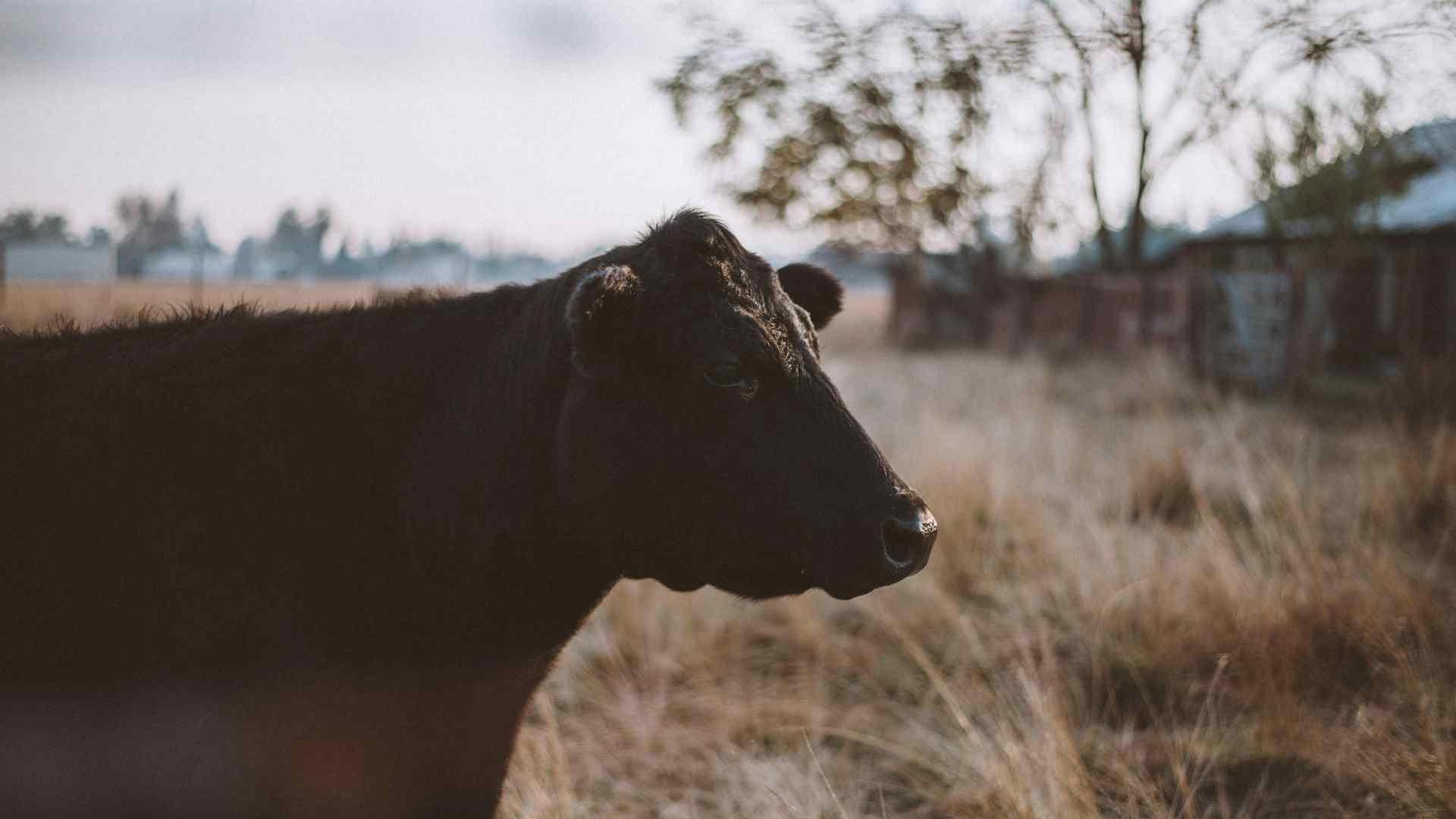
A variety of factors are to blame for the lagging cattle industry in the United States, which was once a top exporter of beef and cattle and has since fallen to Brazil. Countries like Australia, India, Japan, China, and Egypt are starting to eat into the former U.S. market share.
As the cattle numbers in the United States have declined, prices have skyrocketed. These rising prices have encouraged other countries to import cheaper beef from these other countries.
Why Are Cattle Herd Numbers Declining?

Cattle herds in the United States have hit a 52-year low, but why has this happened in the country that gave cheeseburgers and McDonald’s worldwide recognition?
One of the biggest reasons is the lack of areas for cattle to graze. Thousand-pound cows sometimes need as much as 8 acres of land to graze on, and they need that space to be uncompetitive. Packing too many cows onto the same grazing area can ruin a pasture for future use.
Overgrazing Ruins the Ecosystem

Los Padres ForestWatch estimated that grazing cattle has degraded or destroyed over 700 million acres of public lands in the west.
When livestock overgraze on the land, it is one of the greatest threats to the biodiversity in the environment. Overconsuming grass allows invasive plant species to move in and suffocate the quality of the plants that other organisms rely on.
Soil Quality Declines
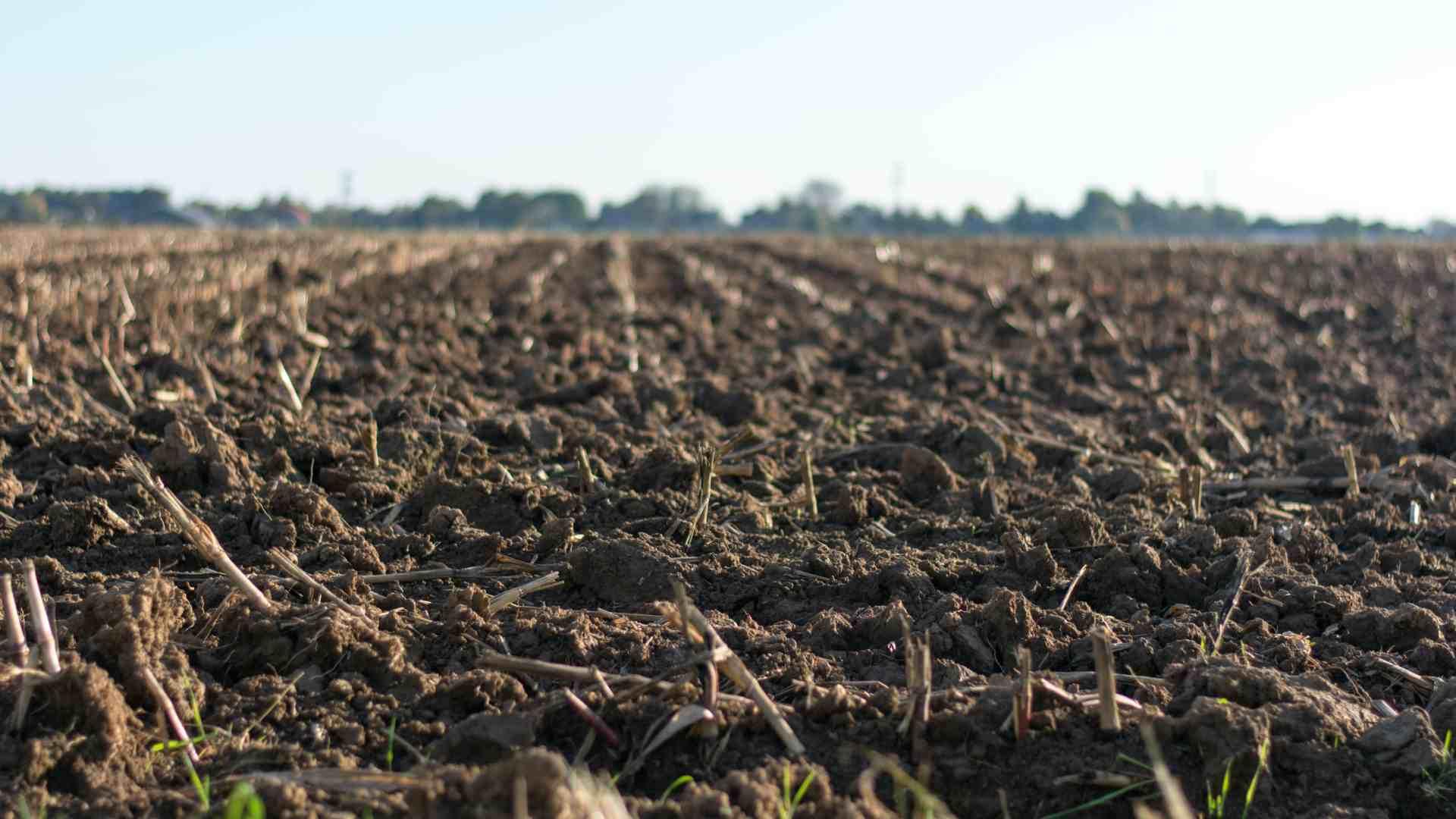
Cattle and livestock can ruin the soil in a grazing area by consuming too much grass, but also by their heavy bodies constantly stomping on the soil. Excessively trampled soil is more susceptible to compaction and erosion.
These soil conditions allow flooding from water to carry away valuable nutrients soil needs to thrive and deliver high-quality forage. Livestock can also transport things like weeds from one place to another, helping them spread and cause further damage.
Prevalence of Droughts

Another reason why cattle ranchers are raising less product is because of the increased likelihood of droughts that make it difficult to sustain a larger herd population.
Many grazing areas are experiencing drier, hotter conditions than ever before, which is thought to be one of the consequences of climate change. Climate change multiplies the effects of a drought, making them happen for longer and more frequently.
Other Billionaires Owning Farmland
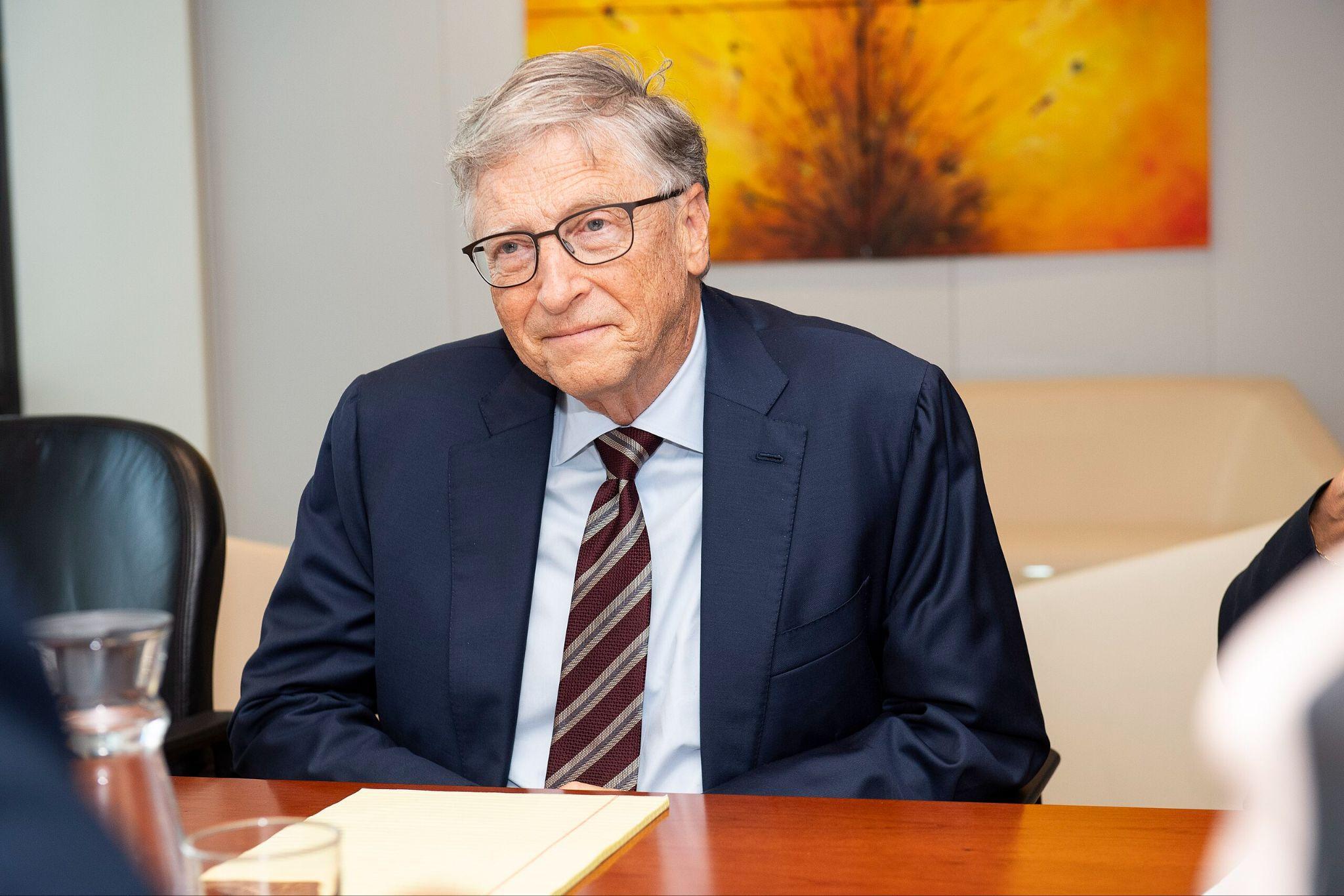
Mark Zuckerberg is just the latest example of a tech billionaire expressing an interest in food production. Bill Gates, the founder of Microsoft, is the largest private owner of farmland in America. His ownership includes nearly 270,000 acres in the United States, according to MoneyWise.
In 2022, he purchased 2,100 acres of farmland in North Dakota, which he had to get legal approval for.
